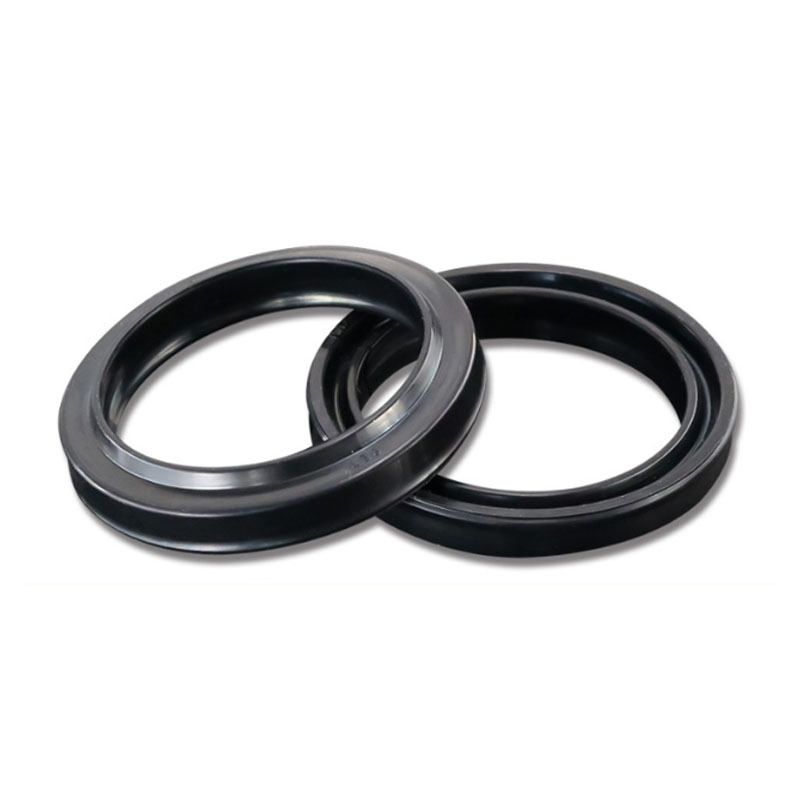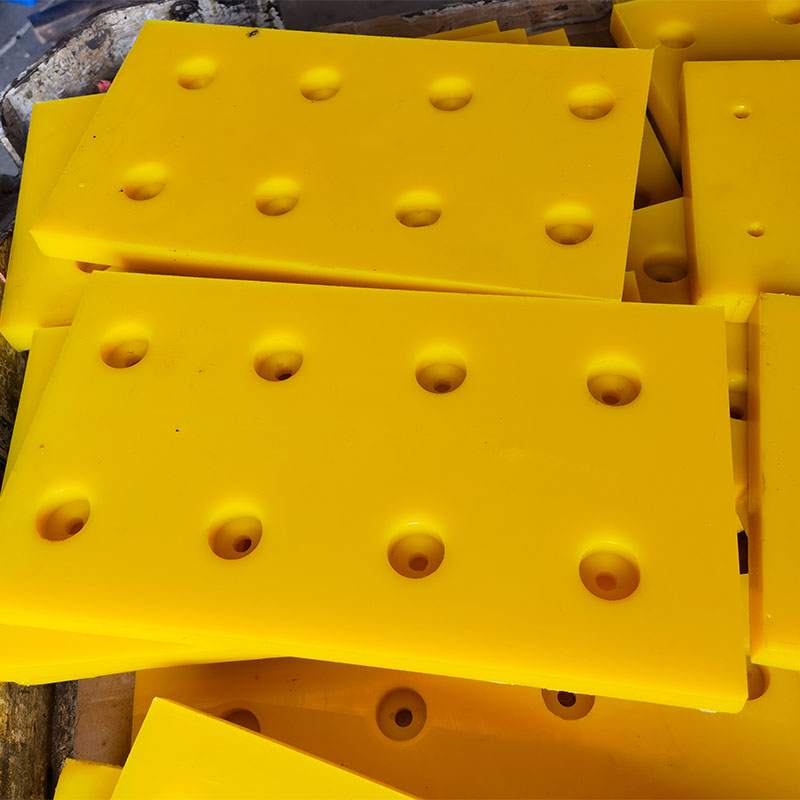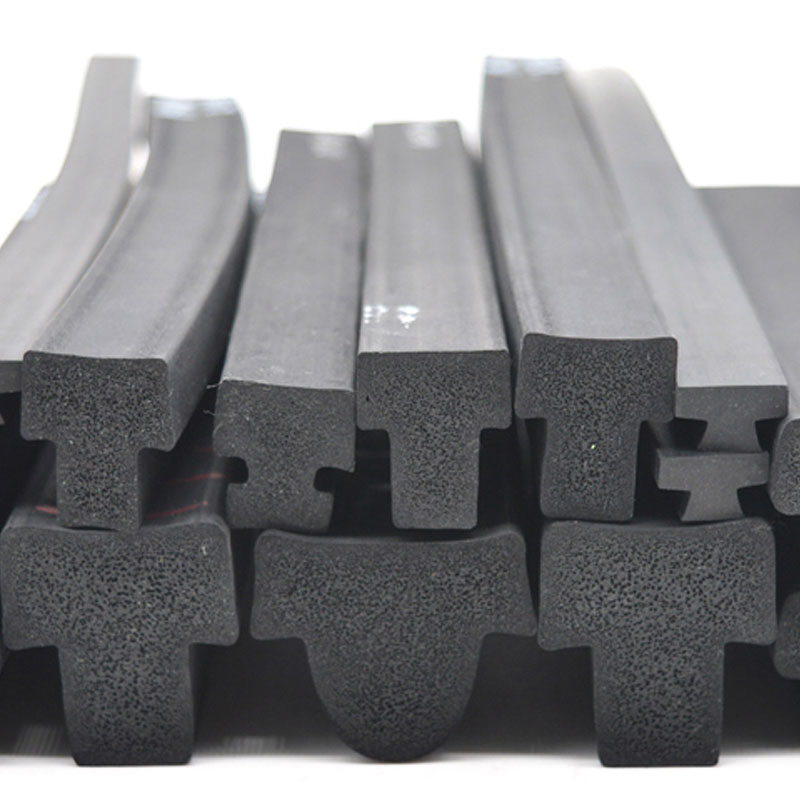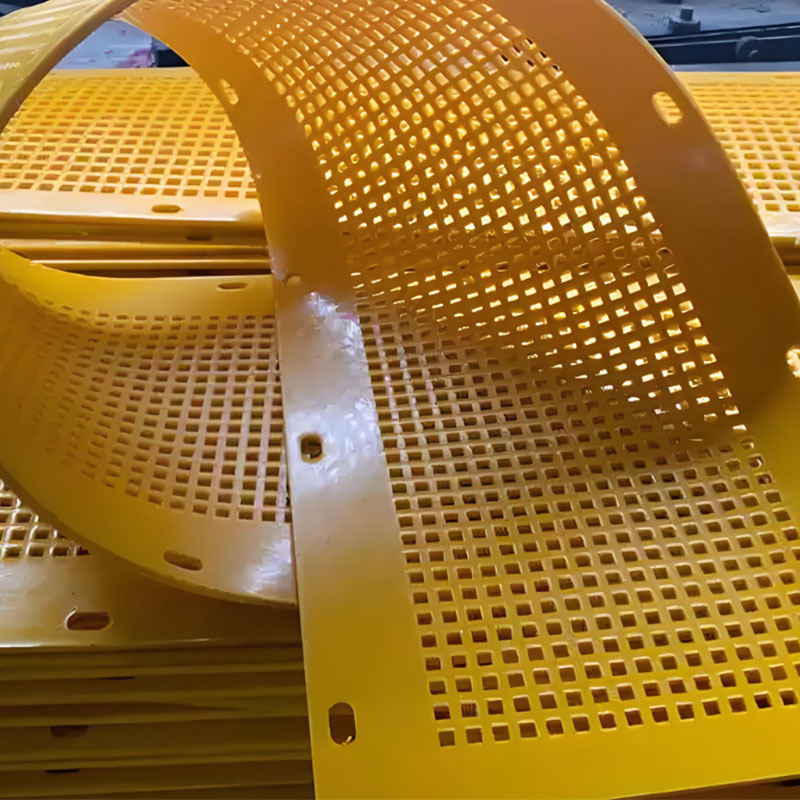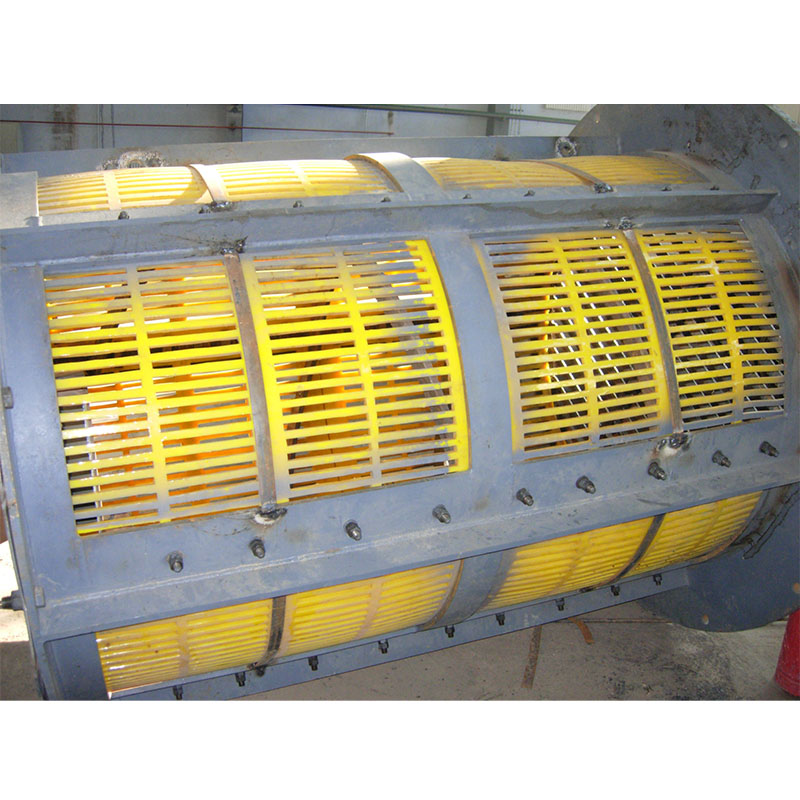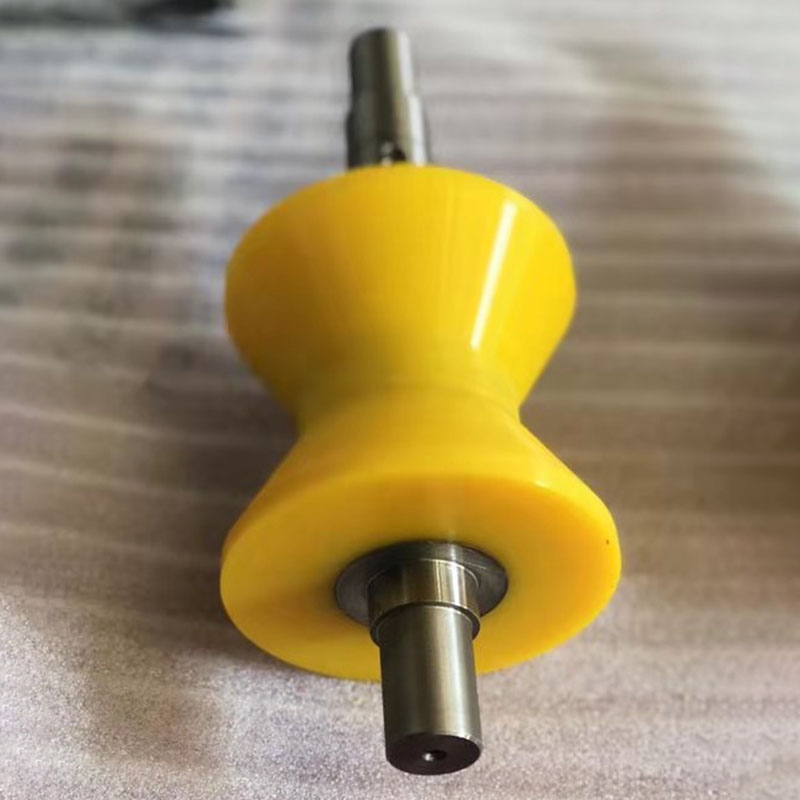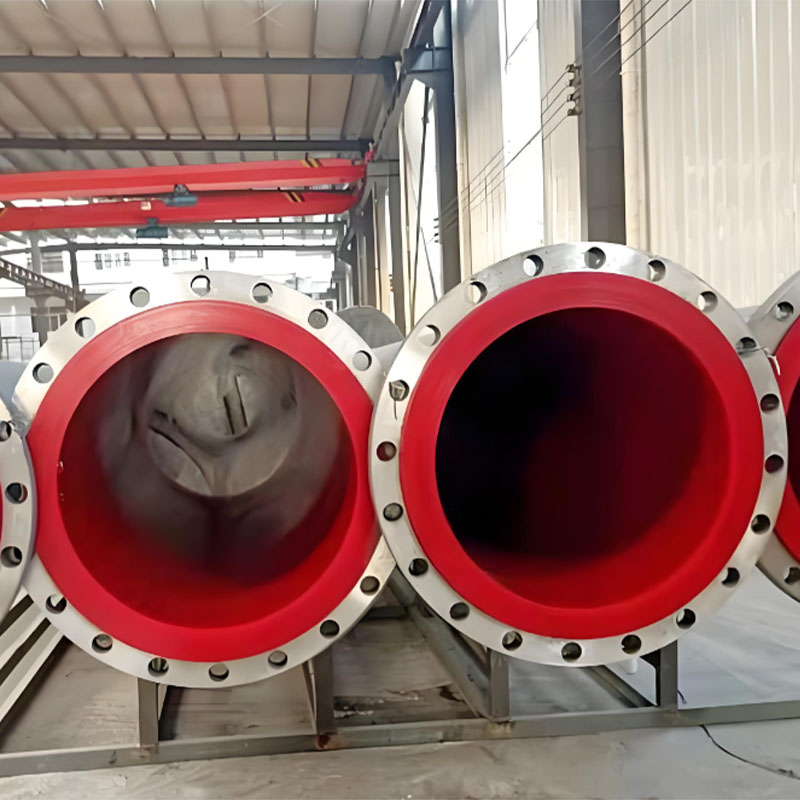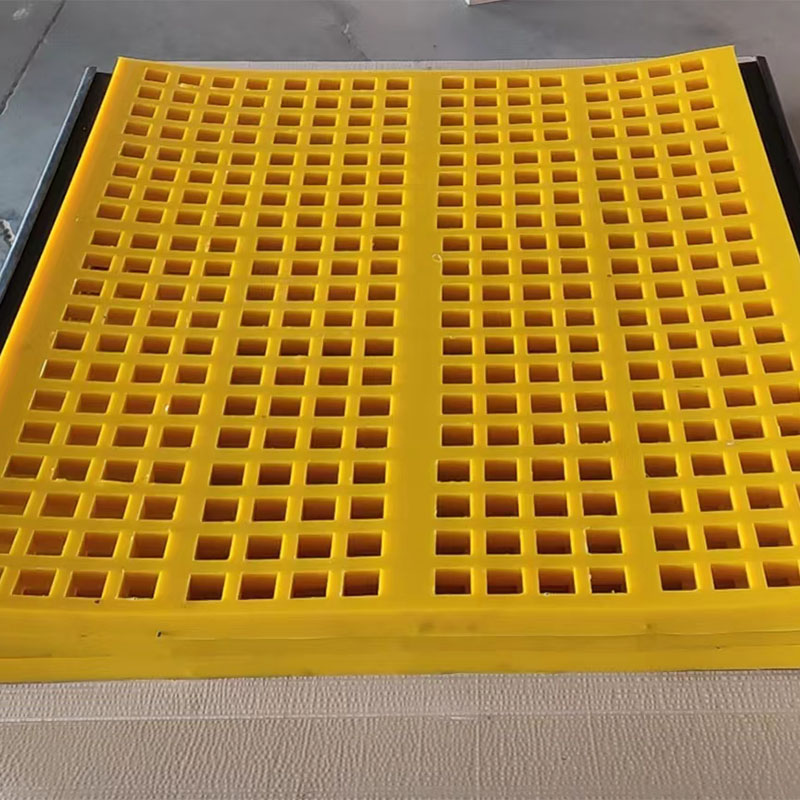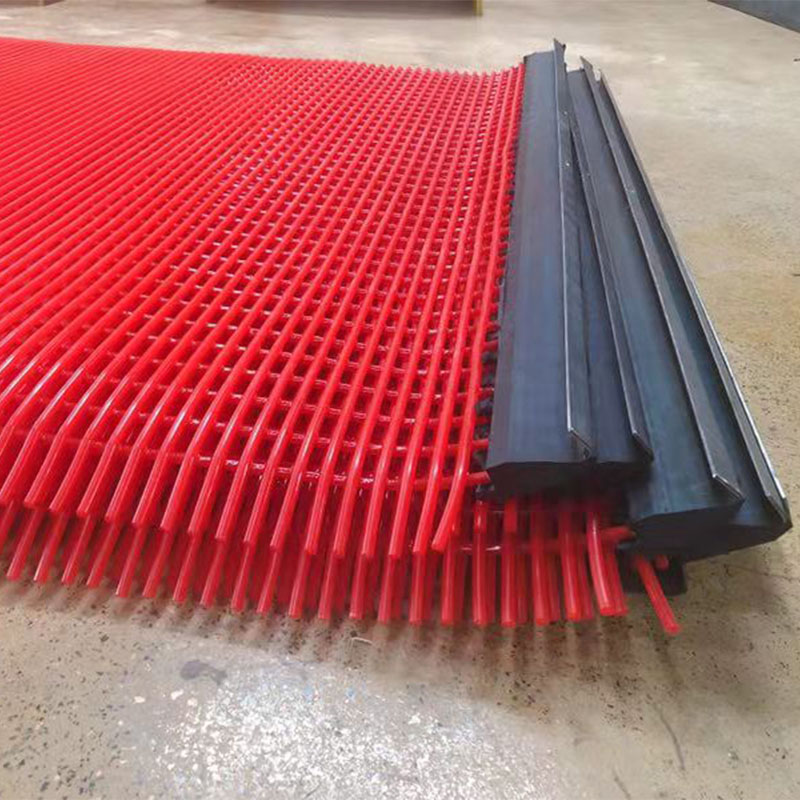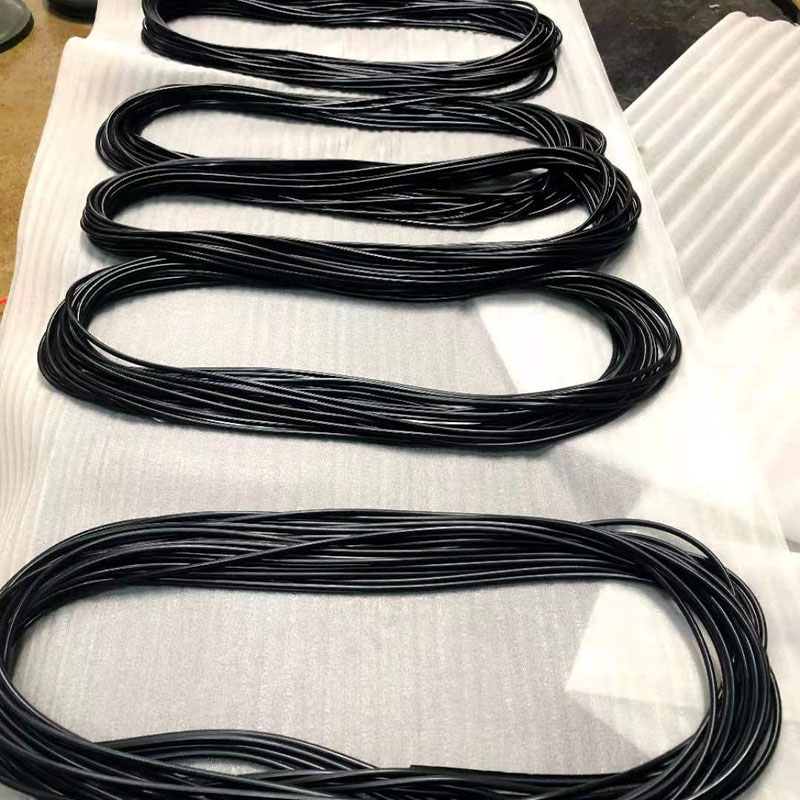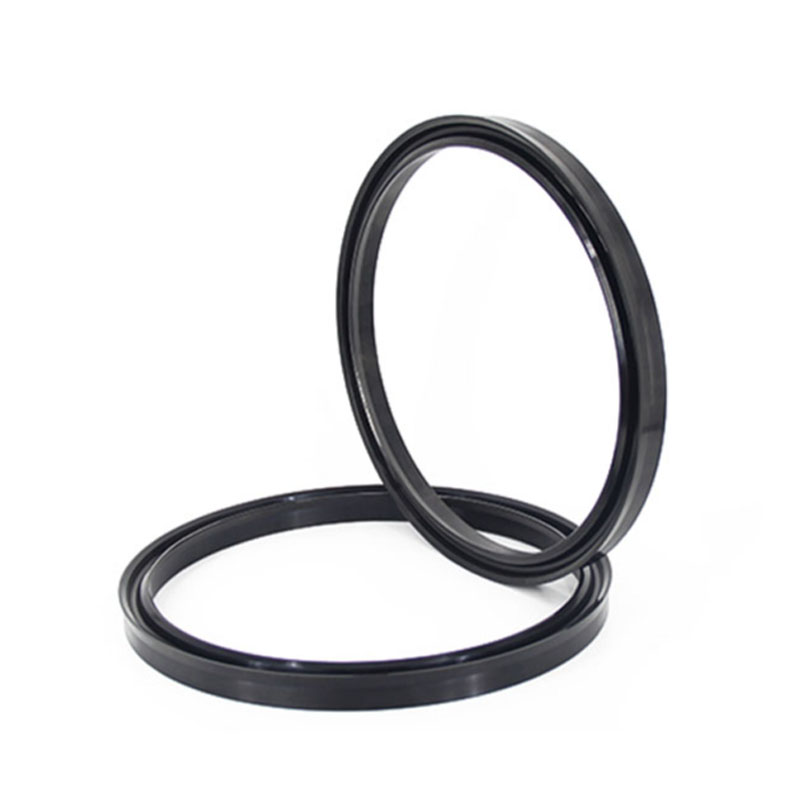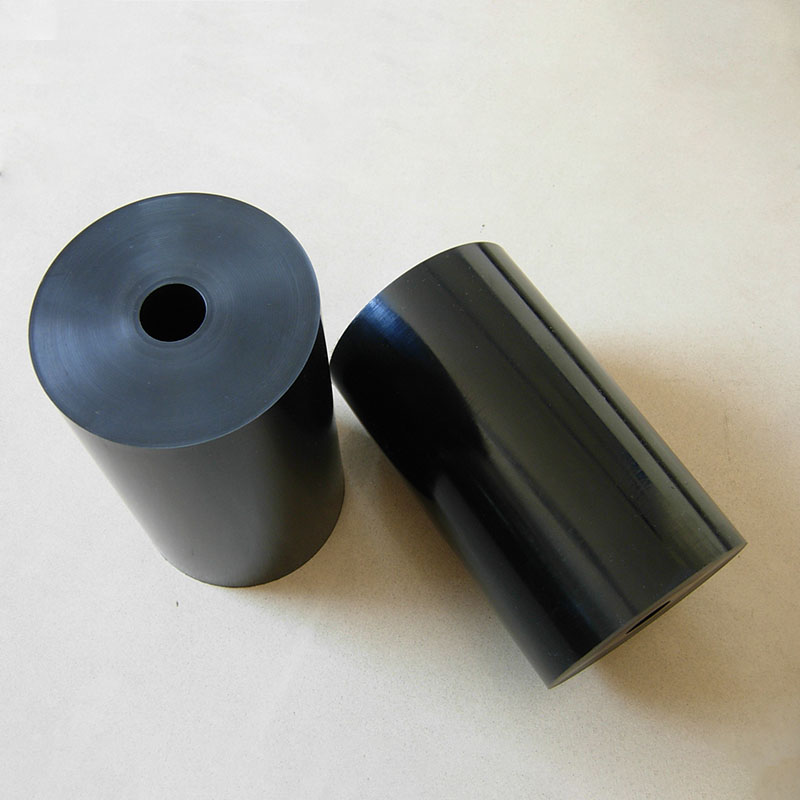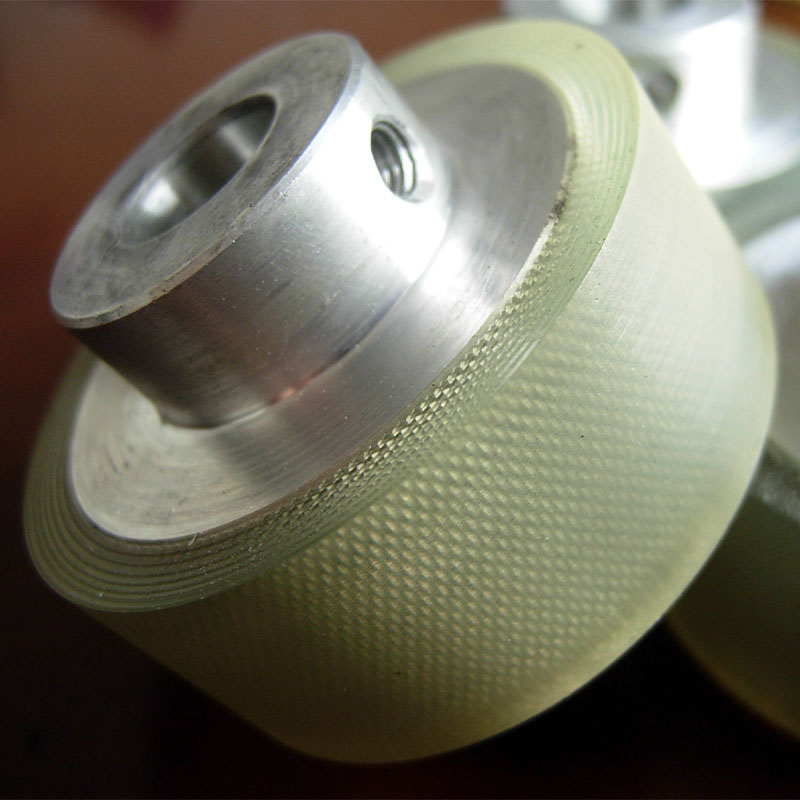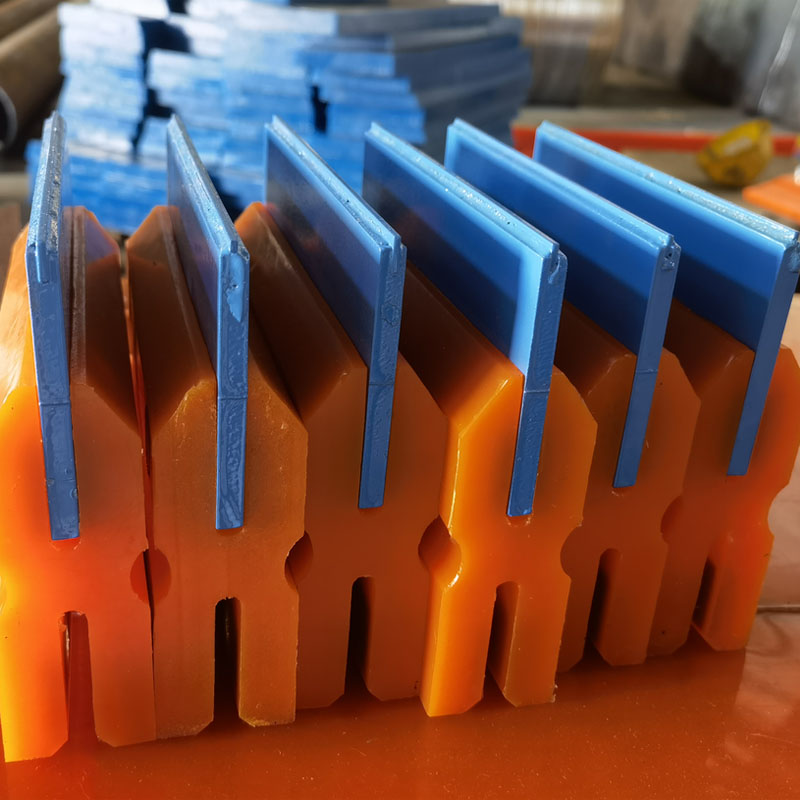
drive drum
Drive drum
The drive drum is, roughly speaking, an important detail in the mechanisms that is responsible for the transmission of rotational movement. Imagine how the handle on your washing machine rotates the drum in which things are erased. This drum is driven. It not only spins on its own, but also transfers rotation from the energy source (motor, for example) to something else-whether it be a belt, a chain or another device.
Types of drive drums
There are many varieties of drive drums, depending on where and how they are used. For example, drums for lifting cranes differ from those used in watches or in industrial equipment. The differences relate to sizes, materials (often metal), structures (open, closed) and, of course, the power that they are able to withstand. From simple, like a children's toy, to a complex, as in heavy industrial equipment, drive drums are adjusted to various tasks.
Functions of a drive drum
The main function is the transmission of movement. The drive drum, like an intermediary, accepts energy from the motor and transfers it further. He is responsible for smooth and effective rotation and for the fact that everything works harmoniously. In addition, he often should withstand a certain load, for example, pull the goods, rotate the shafts, and in general do the work that he asked? constructor. Depending on the situation, the drive drum may have different subtasibles, but they are all associated with the transmission of movement.
The use of a drive drum
Drive drums are found in a variety of areas of our lives. These are elevators, conveyors, and equipment for production, and even the details of some types of transport. In general, wherever you need to pass the torque from one mechanism to another, you most likely need a drive drum. It is indispensable in the modern world, ensuring the uninterrupted operation of many devices that we use every day.
AppropriateProducts
Corresponding products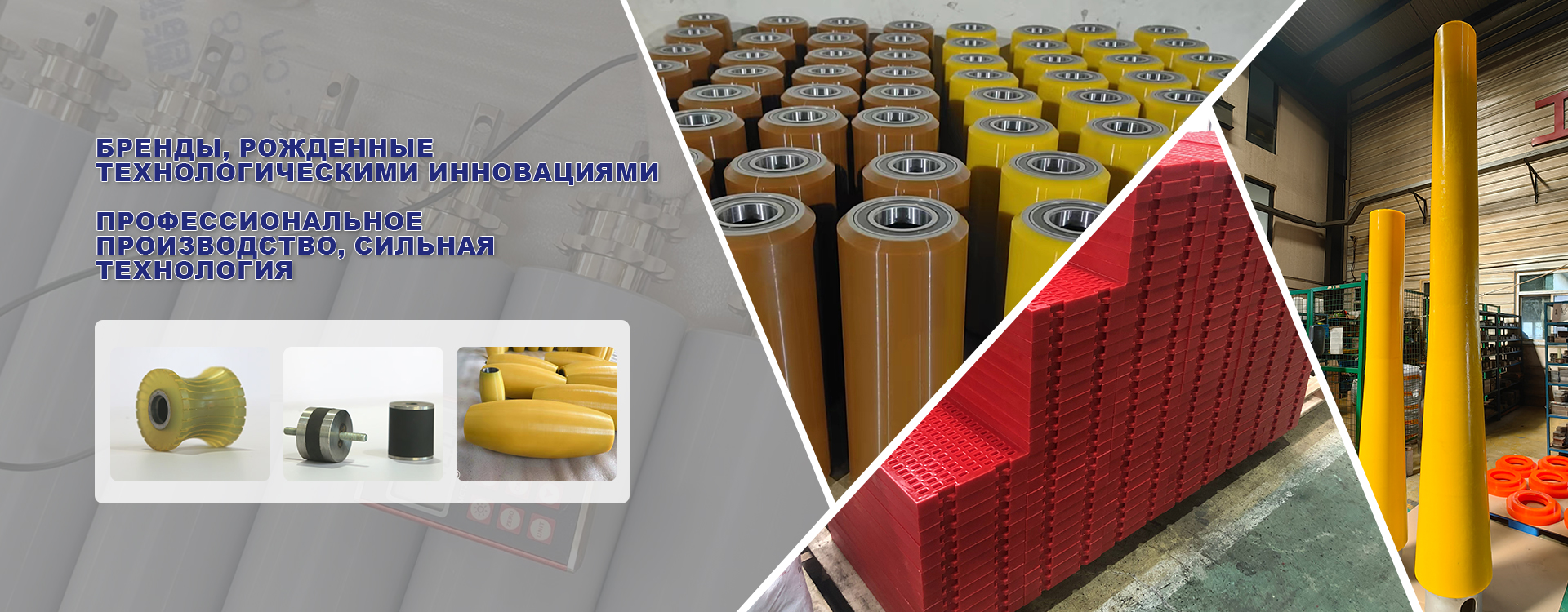
The best soldproducts
The best -selling productsConnectedsearch
Related search- Polyurethane print shafts
- The refundable conveyor tape is in bulk
- Leading landing countries of drive pulleys from China
- Wheels for car polyurethane all -lit
- PRP 30 mm sealing factory in China
- Prices for grooved roar in China
- Polyurethane buffer video in China
- The main suppliers of drive pulleys from China
- The largest Chinese buyers Springs VAZ
- Suppliers of Mazda spring elements in China




